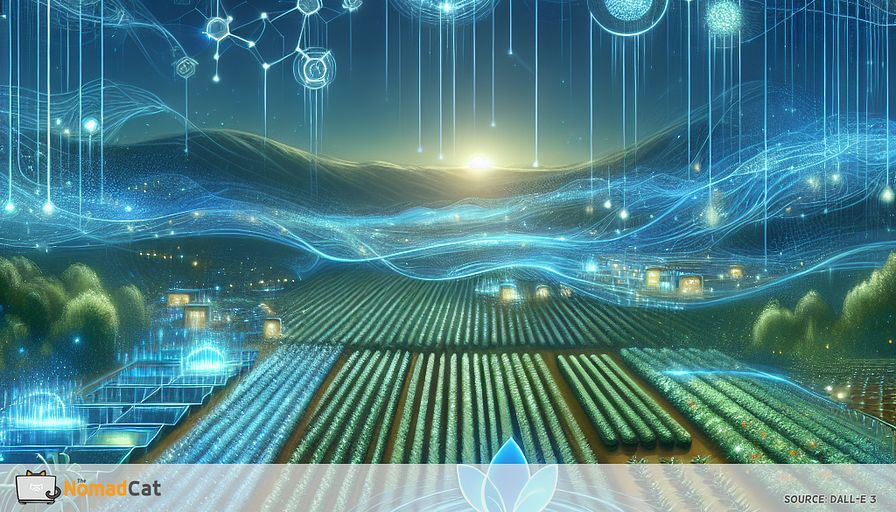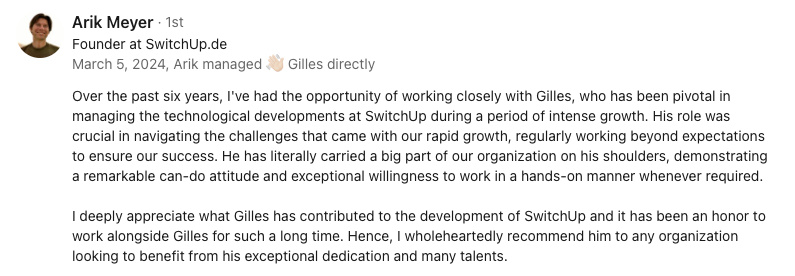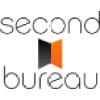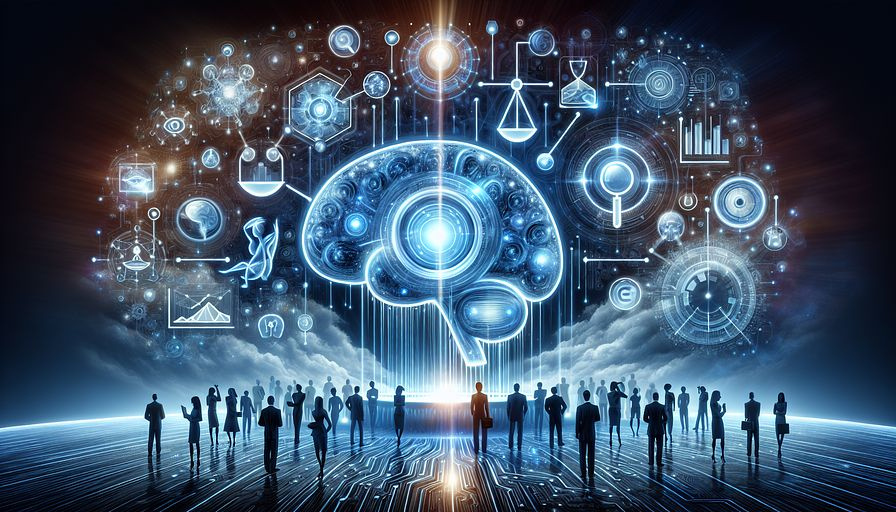Abstract:
The article explores the transformation of food systems towards sustainability through the adoption of a circular economy, which emphasizes efficient resource use, waste minimization, and material reuse. It contrasts this with the traditional linear model of agriculture that leads to resource depletion and environmental harm. The circular approach is exemplified by practices like composting and crop rotations, enhancing soil health and reducing synthetic inputs. Technological advancements, including IoT, AI, and blockchain, are pivotal in this shift, enabling smarter waste management, optimized resource utilization, and transparent supply chains. Startups like Infarm and Agrivi are leading the way by using IoT and data analytics for closed-loop systems, while initiatives like GrowUp Farms' aquaponics and EU Circular Agronomics project demonstrate successful applications of circular principles. Despite facing regulatory, financial, and cultural challenges, the circular economy offers opportunities for innovation, supported by rising consumer demand for sustainable products and regulatory incentives like the European Green Deal. The article advocates for strategic implementation, partnerships, and education to foster a culture of sustainability, encouraging stakeholders to engage actively and consumers to embrace eco-friendly choices. This shift is presented as essential for creating resilient and efficient agricultural systems that benefit both the environment and the economy.
Have you ever considered how our food systems might evolve to become more sustainable? If you're concerned about the environmental impact of farming, you're not alone. Many people are questioning traditional methods that generate significant waste and deplete resources. But what if there was a better way—one that not only reduces waste but also reuses resources and benefits the environment?
The circular economy offers a promising approach to making agriculture more sustainable and efficient. Imagine crop rotations revitalizing the soil, IoT technology conserving water, and AI predicting optimal harvest times. These aren't just concepts; they're being implemented to create systems that benefit both the planet and the economy. Let's explore how technology is transforming food systems and making sustainability a tangible reality.
Rethinking food systems: embracing the circular economy
Understanding circular economy principles
Recently, the circular economy has gained traction, particularly in sustainable agriculture. It emphasizes efficient resource use, waste minimization, and material reuse. By applying these principles, farming can become more sustainable and efficient. For instance, composting transforms waste into nutrient-rich soil, naturally completing the growth cycle. In agriculture, this could involve crop rotations that enhance soil health or permaculture that integrates farming with natural ecosystems, reducing reliance on synthetic inputs. By incorporating renewal cycles, agriculture can become more resilient.
Reflecting on my experiences working with tech startups in various countries, I've seen firsthand how these principles can be applied effectively. For example, in a small community project in Spain, we implemented a permaculture system that significantly reduced the need for chemical fertilizers, demonstrating the circular economy's potential.
The linear model: an unsustainable path
Most food systems still operate under a linear model, where resources are extracted, used, and discarded as waste. This results in significant waste and resource depletion. The UNEP highlights the vast amount of food wasted annually, underscoring the need for change. Unlike circular models, which reuse waste, linear systems do not support sustainability. Reports from the IPCC emphasize the environmental damage, such as greenhouse gas emissions from food waste. By shifting away from linear methods, agriculture can reduce its environmental impact and prepare for future challenges.
Technology empowering circular agriculture
IoT for smarter waste management
IoT technology is revolutionizing resource management in agriculture, enhancing efficiency. Consider these advancements:
- Soil Moisture Sensors: These help farmers optimize irrigation, saving up to 20% of water. This smart irrigation conserves water and boosts crop productivity. A study in Computers and Electronics in Agriculture shows that IoT-enabled irrigation can significantly reduce water waste while maintaining or improving yields.
- Pest and Disease Control: IoT enables precise pest management, reducing the need for widespread pesticide use. IoT systems can detect pest infestations early, allowing for targeted interventions. The Journal of Agricultural and Food Chemistry reports that these advancements can decrease pesticide use by up to 30%, benefiting both the environment and community health.
AI for enhanced resource utilization
AI contributes to yield predictions, improving agricultural planning. It optimizes fertilizer and water use, significantly reducing waste. AI analyzes data such as weather forecasts and soil conditions to fine-tune inputs. Research in Agricultural Systems highlights that AI technologies help minimize waste and boost crop yields, ensuring efficient resource use.
AI's yield prediction models also aid in better harvest planning, reducing post-harvest losses. These models use data analytics to predict yields accurately, assisting farmers in planning optimal harvesting times. This reduces waste and ensures crops are collected at peak quality. The EU Horizon 2020 project demonstrates that these models minimize losses, enhancing sustainable practices.
Blockchain for transparent supply chains
Blockchain enhances traceability, improving food safety and reducing waste. It tracks food products from origin to consumer, facilitating better inventory management. For example, Carrefour uses blockchain to monitor products like poultry and eggs, improving inventory control and reducing spoilage. This assures consumers of quality while promoting sustainability.
Blockchain supports circular initiatives by providing data on life cycles and material composition, aiding recycling efforts. It reveals how products are sourced and processed, encouraging recycling and reuse. The Circularise case study illustrates how blockchain optimizes supply chain transparency and supports recycling efforts. Through these innovations, blockchain plays a key role in driving sustainable food systems.
Innovative circular economy applications
Repurposing agricultural waste
Startups are transforming organic waste into valuable resources. Notable examples include:
- Infarm: This startup uses vertical farming to reduce water usage by up to 95%, recycling water and nutrients while eliminating chemical pesticides. This aligns with circular economy principles, reducing waste.
- Agrivi: They offer software that integrates real-time weather and soil data, optimizing operations and enhancing soil health. This supports biodiversity, crucial for sustainable systems.
These startups demonstrate how tech-driven solutions can foster eco-friendly agriculture by turning waste into resources.
Closed-loop systems are also emerging, where waste becomes products like animal feed and fertilizers. For instance:
- AgriProtein: This company converts waste into protein-rich animal feed and natural fertilizers using black soldier fly larvae, offering a sustainable alternative to fishmeal and chemical fertilizers.
- InnovaFeed: Based in France, they use waste to produce insect-based protein for feed, supporting the circular economy by minimizing waste.
Closed-loop systems
GrowUp Farms in the UK employs aquaponics for a sustainable, closed-loop system. They combine fish farming with hydroponics, using fish waste as plant fertilizer. This method reduces water use and eliminates synthetic fertilizers, exemplifying sustainable farming. By integrating fish and plant farming, they showcase how natural relationships can be harnessed for food production.
The EU Circular Agronomics project aims to address challenges by transforming waste into fertilizers and biogas, enhancing soil health and reducing emissions. It supports the transition to circular agriculture, demonstrating tangible impacts on sustainability. Implementing these systems on a large scale involves overcoming technological and financial hurdles, but the success of such projects inspires further development of closed-loop systems.
Overcoming challenges in circular economy adoption
Barriers to adoption
Startups face numerous challenges in adopting circular economy practices. Regulatory complexities and financial constraints create hurdles. The lack of coherent policies for circular initiatives can hinder progress. High initial costs and uncertain returns make it difficult for newcomers. Technological barriers, such as infrastructure and expertise, also pose challenges. Insights from the PACE partnership highlight the need for policy changes to support startups.
Cultural and market challenges also play a role. Resistance to change from traditional stakeholders can be seen in market acceptance and consumer behavior. Studies from the Circular Economy Stakeholder Platform emphasize the importance of consumer education, which is often lacking. Overcoming these cultural barriers requires perseverance and partnerships.
Leveraging opportunities
Despite challenges, there are opportunities for startups in the circular economy space. Regulatory support, like the European Green Deal, offers funding and incentives for sustainable innovations. These frameworks provide financial backing and foster a policy environment conducive to growth in the sector.
Consumer demand for sustainable products is rising, creating favorable market conditions for startups focusing on circular practices. Increasing environmental consciousness among consumers drives demand for waste-minimizing and resource-efficient products. This trend opens opportunities for collaboration with companies and institutions eager to align with sustainability goals.
Actionable insights for tech leaders
Strategic implementation
For tech executives, integrating circular economy principles in strategic planning is crucial. Consider these strategies:
- Modular Design: Extend product life cycles and reduce waste.
- IoT: Enhance efficiency, optimize energy use, and improve supply chain logistics.
- Business Model Innovation: Shift to Product-as-a-Service, reducing material consumption and encouraging product returns for refurbishment or recycling.
Building collaborative partnerships
Engaging in partnerships is essential. Collaborations with recycling partners or technology providers amplify sustainability efforts. The PACE partnerships highlight the importance of such collaborations.
Leveraging data analytics is also critical. Lifecycle analysis helps pinpoint areas for sustainability improvements. These insights refine processes and reduce environmental impact.
To implement these strategies, fostering a circular economy culture is crucial. Encouraging innovation and sustainability together empowers tech leaders to lead by example.
Building a circular economy culture
Engaging stakeholders
Creating a culture that supports circular practices involves educating employees and consumers. The Circular Economy Institute suggests training programs to instill a sustainability mindset. Employee engagement is vital; understanding benefits and responsibilities makes them active participants.
Stakeholder involvement extends beyond the organization. Transparency and collaboration align companies with community goals, enhancing circular initiatives. This builds a support network, as the European Circular Economy Stakeholder Platform emphasizes.
Educating consumers
Effective consumer education boosts demand for circular products. Communicating the benefits of sustainable goods shifts perceptions and preferences toward eco-friendly choices. The World Economic Forum highlights that informed consumers support sustainable brands.
Campaigns showcasing product lifecycles illustrate integrated circular practices. These efforts drive demand and build a loyal customer base committed to sustainability. Education strategies transform consumer behavior, enabling the circular economy.
Embracing the circular economy in agriculture is a practical path forward for a sustainable future. By using IoT for smarter resource management, AI for optimizing yields, and blockchain for supply chain transparency, we're actively transforming traditional methods. These technologies help turn waste into resources and close the loop for the benefit of both the planet and the economy. As we continue to innovate, consider how you can contribute to this sustainable shift in your community or industry.





